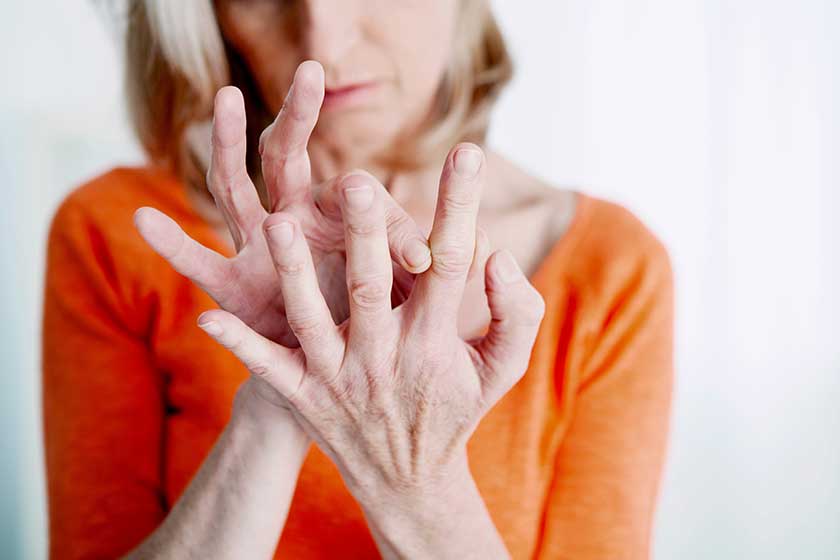Arthritis involves joint inflammation that can either affect multiple joints or just one singular joint. For adults 65 years of age and older, approximately half are currently living with arthritis. Regarding US citizens over the age of 18, it is anticipated that arthritis will be a problem for approximately 26% by the year 2040. People who are overweight are more prone to arthritis, as are more women than men.
Arthritis comes in approximately 100 types. RA (rheumatoid arthritis) and OA (osteoarthritis) are the two most common forms.
Rheumatoid Arthritis
In an immune response, the lining of a joint is attacked by the body when the autoimmune disease RA (rheumatoid arthritis) takes hold. Lasting for possibly hours at a time (or longer), joint stiffness, swelling, and pain are caused by this immune response.
Osteoarthritis
In older adults, the most common type of arthritis is OA (osteoarthritis). Normal joint wear and tear cause this condition. The bones rub together because the joint’s cartilage padding wears away. For older adults, this can affect hips, knees, the lower back, neck, and hands.
Specific family histories, prior injuries, excessive use, and obesity are increased risk factors for OA.
Arthritis Signs and Symptoms
Where general arthritis is concerned, the most common symptoms are as follows:
- Around the joint, skin redness
- Decreased range of motion
- Swelling
- Stiffness
- Joint pain
Rheumatoid arthritis (RA) symptoms can also include anemia, fever, feelings of fatigue, and loss of appetite.
A physician should be contacted if any of the signs and symptoms above are being experienced by your loved ones. To check for a limited range of motion and fluid around the joints, a physical exam will be conducted. A specialist may be referred in many cases. Doctors will use CT scans, MRIs, x-rays, and blood tests to detect the presence of arthritis.
Treatment for Arthritis
To treat existing arthritis, there are some options to improve joint function, prevent additional joint damage, and reduce pain:
- Ice packs are recommended to control pain. This could also help with swelling and inflammation.
- To reduce joint pressure, some individuals may receive relief by using walkers or canes.
- To reduce pain, there are also several medications available. These should always be taken following a doctor’s advice/supervision.
- Sometimes, knee or hip replacement surgeries will be performed. For wrist or finger arthritis, joint fusion may be an option.
To manage symptoms or reduce arthritis development risks, the following are recommended:
- To reduce pressure on joints, avoid strenuous activity if necessary
- To keep joints flexible, participate in regular exercise
- Avoid eating foods that cause inflammation (dairy products, fried foods, and some meat)
- To reduce inflammation, eat a healthy diet including antioxidants
- Maintain a weight that is healthy for your height
Spring Mill Can Help Your Loved Ones Stay Physically Fit
Thanks to Spring Mills’ Dimensions Health and Fitness Program, your loved ones stand a better chance of remaining physically fit as they age. Residents are encouraged to get involved in activities through our wellness and activities programs which assist them in improving their physical health and more.
Contact us if you have any questions or, better yet, schedule a tour.







